Thursday, September 26, 1968
Mixing "Happiness Is A Warm Gun", "What's The New Mary Jane", "Glass Onion", "I Will"
For The Beatles
Last updated on November 13, 2024
Thursday, September 26, 1968
For The Beatles
Last updated on November 13, 2024
"The Beatles" (aka the White Album) sessions
May 30 - Oct 18, 1968 • Songs recorded during this session appear on The Beatles (Mono)
Recording studio: EMI Studios, Studio Two, Abbey Road
Session Sep 25, 1968 • Recording and mixing "Happiness Is A Warm Gun"
Article Sep 26, 1968 • Apple books the Royal Albert Hall for a potential Beatles live performance
Session Sep 26, 1968 • Mixing "Happiness Is A Warm Gun", "What's The New Mary Jane", "Glass Onion", "I Will"
Article Sep 28, 1968 • "The Beatles" double-album is announced
Article Sep 30, 1968 • Hunter Davies' authorized Beatles biography released in the UK
Next session Oct 01, 1968 • Recording and mixing "Honey Pie"
AlbumSome of the songs worked on during this session were first released on the "The Beatles (Mono)" LP
This session marked the final production work by Chris Thomas for The Beatles. George Martin was on holiday since the beginning of September, and had delegated production responsibilities to Chris Thomas.
On this day, from 7:30 pm to 1:30 am, The Beatles and the engineering team focused on creating mono mixes for four tracks.
After spending three consecutive days recording “Happiness Is A Warm Gun In Your Hand,” time was spent creating the mono mix. Remixes Mono 3 through 12 were created from Take 65, with RM12 being the version released on the White Album. The title of the song was also shortened to “Happiness Is A Warm Gun,” as indicated by the documentation from that day.
The stereo mix was made on October 15.
John Lennon’s song “What’s The New Mary Jane” was recorded on August 14, 1968. Although two mono mixes were made on this day, they were not used, as the track was ultimately omitted from the final album.
“I Will” was recorded on September 16 and 17. On this day, two mono mixes were created from Take 68, with Remix Mono 2 being the version released on the White Album. ADT (“Artificial Double Tracking”) was applied to Paul McCartney’s vocals to thicken up the sound on the finished master.
Paul’s “bass vocal” (“a clever baritone ‘dum-dum-dum’ impersonation of a bass guitar” as reported by Mark Lewisohn in “The Complete Beatles Recording Sessions“) begins in the second verse on this mono mix. It is present from the start in the stereo mix made on October 14.
The Beatles then switched to “Glass Onion“. John Lennon felt that the song still needed something, and decided that sound effects would enhance it:
A four-track tape was created for the purpose of this overdub: Track one contained a telephone ringing, Track Two contained a single note of an organ, Track Three contained BBC television soccer commentator Kenneth Wolstenholme shouting “It’s A Goal!” over and over with a cheering crowd in the background, and Track Four contained the sound of a window being smashed. All four tracks had these elements repeated over and over, the entire tape lasting 2:35, which is just a little bit longer than the finished song so far. After this four-track tape was put together, two attempts at a mono mix of the song was made by Chris Thomas and engineers Ken Scott and Mike Sheady, no doubt with input from John, interjecting these effects at different times in the mix.
From beatlesebooks.com
Remix Mono 1 and 2 were then created from Take 33 and contained those sound effects. A mix of “Glass Onion” with those sound effects was released on “Anthology 3” in 1996:
This mono mix of Glass Onion, made on 26 September 1968, encompasses sound effects compiled by John Lennon for his song: a telephone, an organ note, the smashing of glass and the then BBC-tv soccer commentator Kenneth Wolstenholme acclaiming “It’s a goal!” over the sound of a roaring crowd. George Martin, on holiday at the time, heard the mix on his return and suggested a different approach: he scored the song for a string arrangement, recorded on 10 October, that rendered this mix and the FX ideas redundant and the tape to the vault shelf labelled “do not use”.
From “Anthology 3” liner notes
Upon his return from holiday, George Martin listened to the new songs and mixes that had been recorded in his absence. For “Glass Onion,” he advised John to drop the sound effects and opt for a string arrangement. This string overdub was recorded on October 10.
In mid-August 1968, Paul McCartney invited Linda Eastman to visit him in London. They first met in May 1967 in London, spent additional time together when Paul and John visited New York in May 1968 for Apple’s promotion, and their romance blossomed in June 1968 during Paul’s promotional trip to Los Angeles for Apple.
Linda travelled to London, leaving Heather, her daughter from a previous marriage, in New York. Both Paul and Linda remembered she arrived the night when The Beatles recorded “Happiness Is A Warm Gun.” The track was recorded between September 23 and 25, 1968, giving an indication of when Linda arrived.
Some photographs taken by Linda were attributed to this day, September 26. Linda would become a regular visitor to the Beatles session.
The evening I arrived [in London] I went straight to Paul’s house and when Paul came back home early in the morning he told me that they had just recorded a song of John’s called “Happiness Is A Warm Gun”, which he was thrilled with.
From then on I started going over quite regularly to Abbey Road where they were recording what became known as The White Album. I was just Paul’s girlfriend then and I didn’t want to intrude too much. I was very shy and I didn’t want people to think I was taking advantage. That’s why I never took as many photographs as I could have done.
Linda McCartney – from “Linda McCartney’s Sixties“, 1992
I stayed for a few weeks, while they were finishing the White Album. In the beginning I didn’t go to the studio a lot. I didn’t feel right. I went a lot when they were mixing it and took a lot of pictures.
Linda McCartney – From “Paul McCartney: Many Years from Now” by Barry Miles, 1997



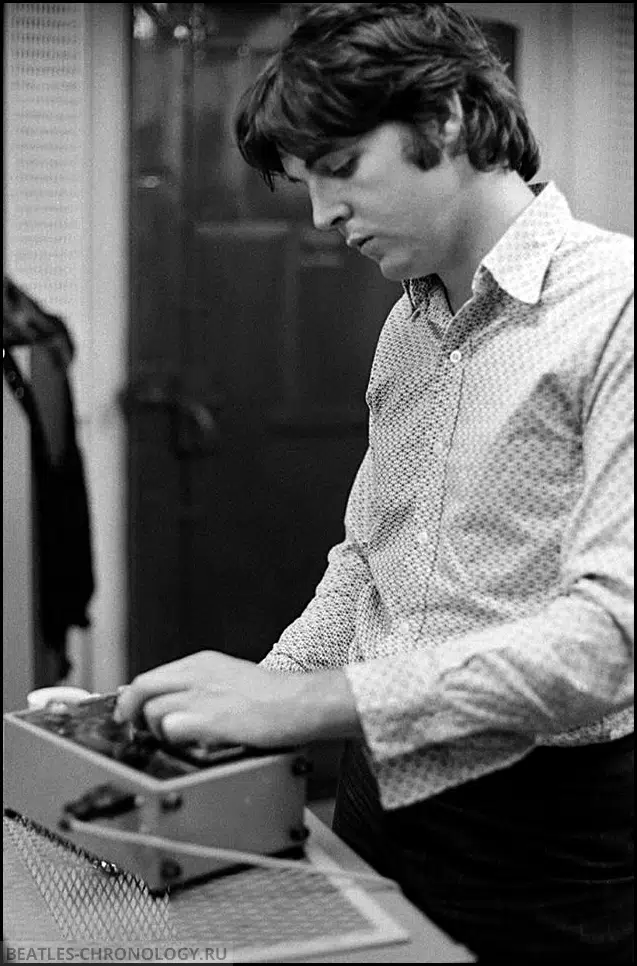
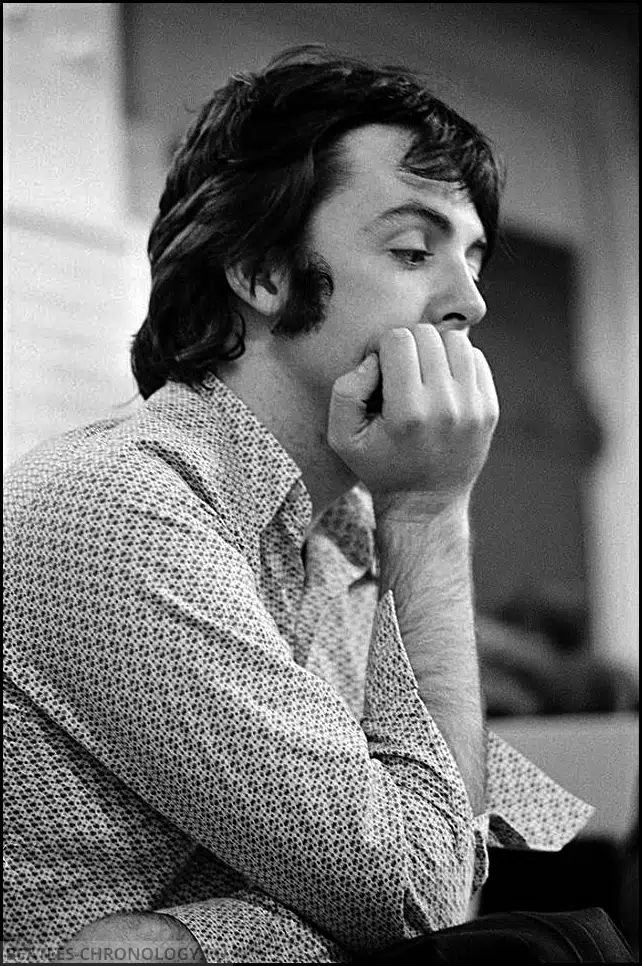
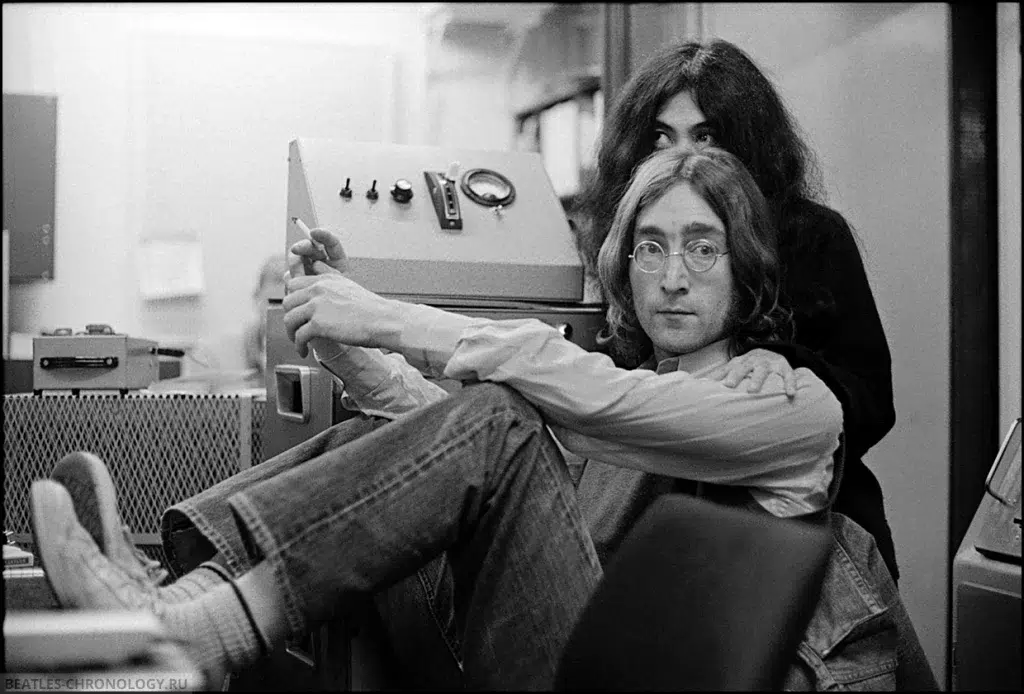
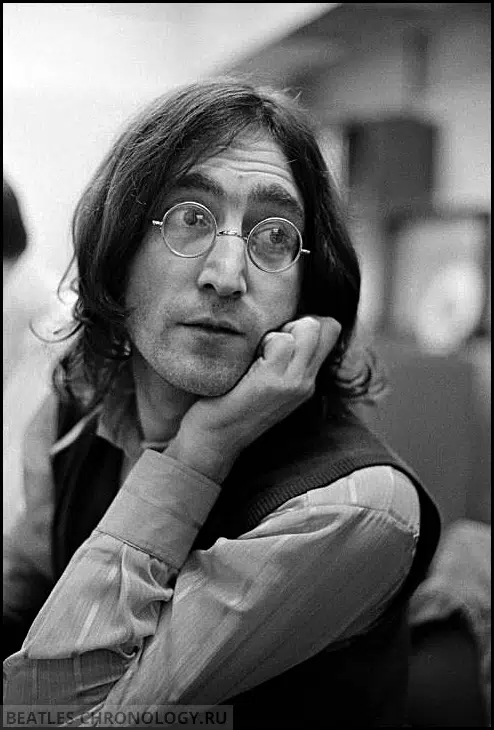

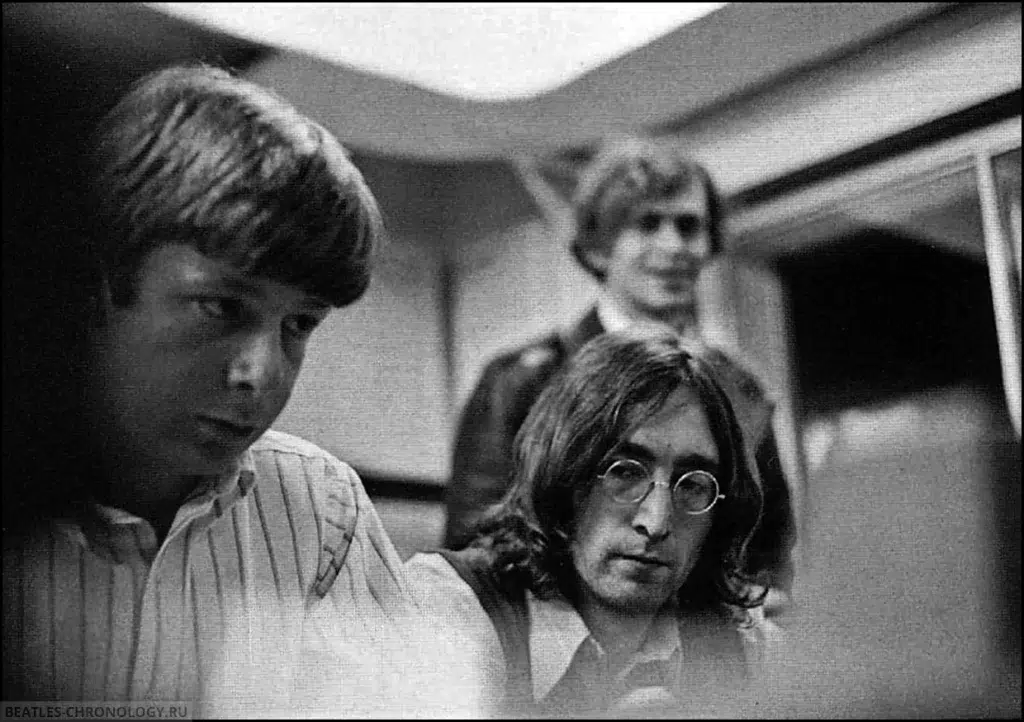
Mixing • Mono mixing - Remix 3 from take 65
Mixing • Mono mixing - Remix 4 from take 65
Mixing • Mono mixing - Remix 5 from take 65
Mixing • Mono mixing - Remix 6 from take 65
Mixing • Mono mixing - Remix 7 from take 65
Mixing • Mono mixing - Remix 8 from take 65
Mixing • Mono mixing - Remix 9 from take 65
Mixing • Mono mixing - Remix 10 from take 65
Mixing • Mono mixing - Remix 11 from take 65
Mixing • Mono mixing - Remix 12 from take 65
AlbumOfficially released on The Beatles (Mono)
Mixing • Mono mixing - Remix 1 from take 4
Mixing • Mono mixing - Remix 2 from take 4
Mixing • Mono mixing - Remix 1 from take 33
Mixing • Mono mixing - Remix 2 from take 33
Mixing • Mono mixing - Remix 1 from take 68
Mixing • Mono mixing - Remix 2 from take 68
AlbumOfficially released on The Beatles (Mono)
Recording • Unnumbered take of sound effects
Recording • Mono mixing - Remix 1 from take 33
Recording • Mono mixing - Remix 2 from take 33
The Complete Beatles Recording Sessions • Mark Lewisohn
The definitive guide for every Beatles recording sessions from 1962 to 1970.
We owe a lot to Mark Lewisohn for the creation of those session pages, but you really have to buy this book to get all the details - the number of takes for each song, who contributed what, a description of the context and how each session went, various photographies... And an introductory interview with Paul McCartney!
The Beatles Recording Reference Manual: Volume 4: The Beatles through Yellow Submarine (1968 - early 1969)
The fourth book of this critically acclaimed series, "The Beatles Recording Reference Manual: Volume 4: The Beatles through Yellow Submarine (1968 - early 1969)" captures The Beatles as they take the lessons of Sgt. Pepper forward with an ambitious double-album that is equally innovative and progressive. From the first take to the final remix, discover the making of the greatest recordings of all time. Through extensive, fully-documented research, these books fill an important gap left by all other Beatles books published to date and provide a unique view into the recordings of the world's most successful pop music act.
If we modestly consider the Paul McCartney Project to be the premier online resource for all things Paul McCartney, it is undeniable that The Beatles Bible stands as the definitive online site dedicated to the Beatles. While there is some overlap in content between the two sites, they differ significantly in their approach.

Notice any inaccuracies on this page? Have additional insights or ideas for new content? Or just want to share your thoughts? We value your feedback! Please use the form below to get in touch with us.